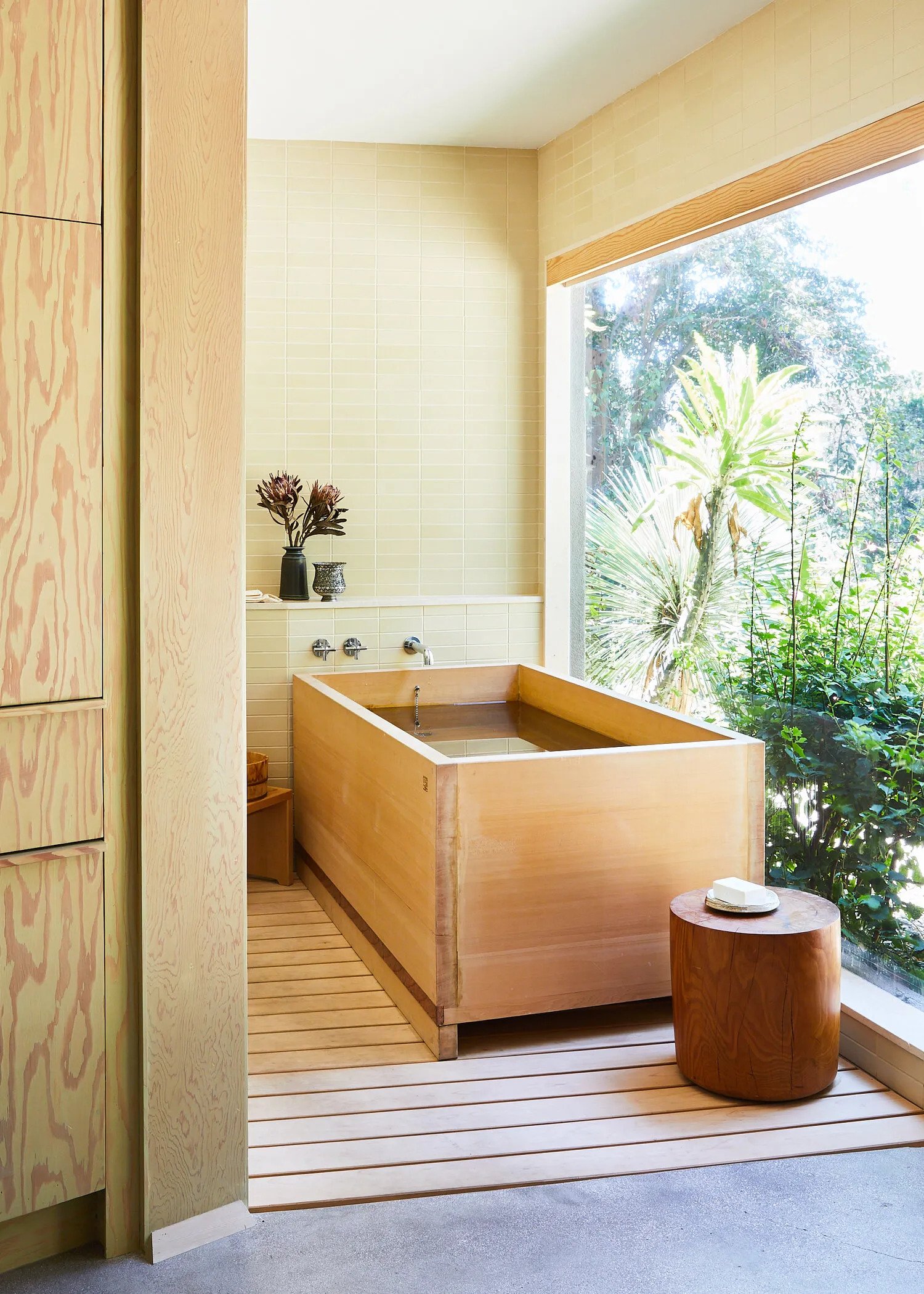
Having wood in an area of the house, such as the bathroom, will necessitate a different form of upkeep than other types of materials. Wood is extremely sensitive to dampness, which is why it requires special attention. Extending the life of the wood in the bathroom will be heavily dependent on the regular cleaning and care that you perform.
When it comes to caring for wood and maintaining it in great condition, you must first determine what type of wood it is and then act accordingly. In the following post, we’ll show you the best bathroom woods to use, as well as how to care for and maintain them.
Types of Wood for The Bathroom

The wood used in bathrooms is commonly teak or larch in the vast majority of situations. It is a tropical and waterproof wood in the first scenario. As a result, it’s a wood that’s ideal for usage in the bathroom.
Larch is another species of wood that is commonly used in bathrooms. It is a type of wood that is water-resistant, making it ideal for use on the floor or in bathroom sinks.
Despite being somewhat waterproof, we must remember that wood is a very fragile material, and it is critical to follow a set of suggestions or guidelines in order to keep it in top shape. It is not suggested to expose the bathroom wood to temperatures above 60 degrees Fahrenheit, as it may be harmed. When cleaning and maintaining your home, it’s best to use neutral soap.
Care and Maintenance of The Wooden Floor in The Bathroom

The wooden floor will need to be cared for in order to avoid being damaged by humidity or water from the bathroom. The type of wood selected for the floor will have a significant impact on the floor’s upkeep and care:
- If the wood has been treated with oil, such as teak, it is preferable to use a cleaner designed for this type of wood or a small amount of neutral soap. It is critical to eliminate any remaining water from the surface and keep the wood fully dry at all times.
- Applying a little neutral soap on varnished wood on the floor is the finest solution. You can remove all the filth that has been gathered with a moist cloth and soap. The next step is to thoroughly dry the entire area using a clean cloth. Varnished wood looks fantastic in the bathroom, but it must be handled with care to avoid damage. The main issue with varnish is that it is not a waterproof substance, which means that humidity can cause major harm to the varnish. When specific scratches appear on the surface, it is preferable to sand the entire surface to restore the appearance of the wooden floor. In other circumstances, the wood has lost practically all of its brilliance, and it is necessary to reapply a light coat of varnish to the entire surface.
- Natural wood is the last form of wood used for flooring. Because natural wood is the toughest of all, it requires less maintenance than varnished or oil-treated wood. Simply add a little water with the help of a clean towel when cleaning and finishing with possible stains that have gathered over time. Cleaning should be done in the direction of the wood grain. If the floor has been scratched in any other way, simply sand the affected area to restore the wood’s appearance. Remove any scratches from the surface with sandpaper, which can be found in any specialist store.
In a nutshell, wood is an excellent bathroom material. It can be used in toilets as well as on the floor. The sole disadvantage of this type of material is that it requires far more maintenance than other types of materials. It is critical that the chosen wood is as waterproof as possible in order to avoid moisture stains and maintain its excellent state over time.






